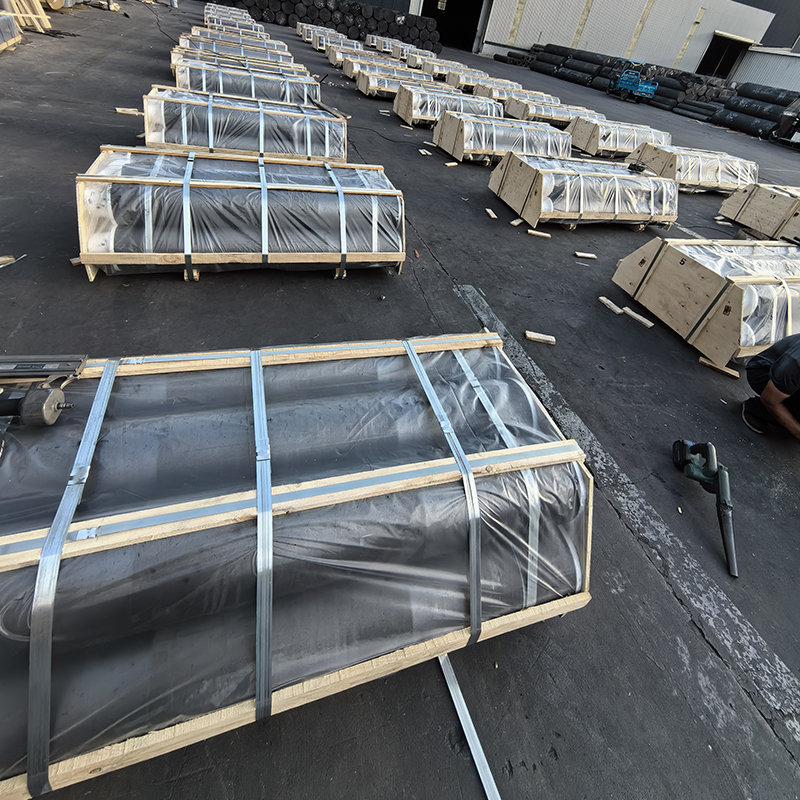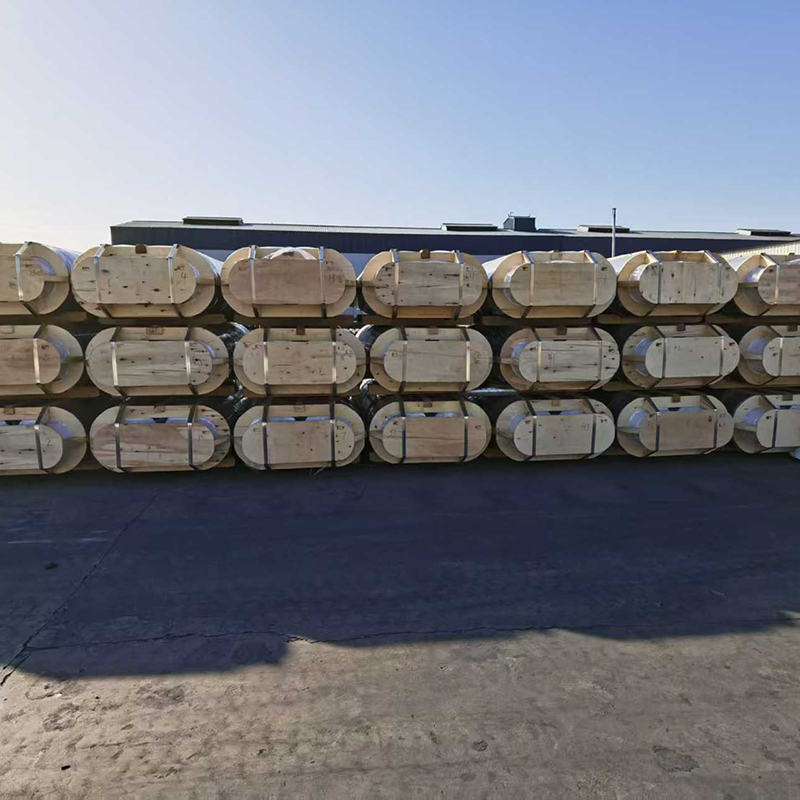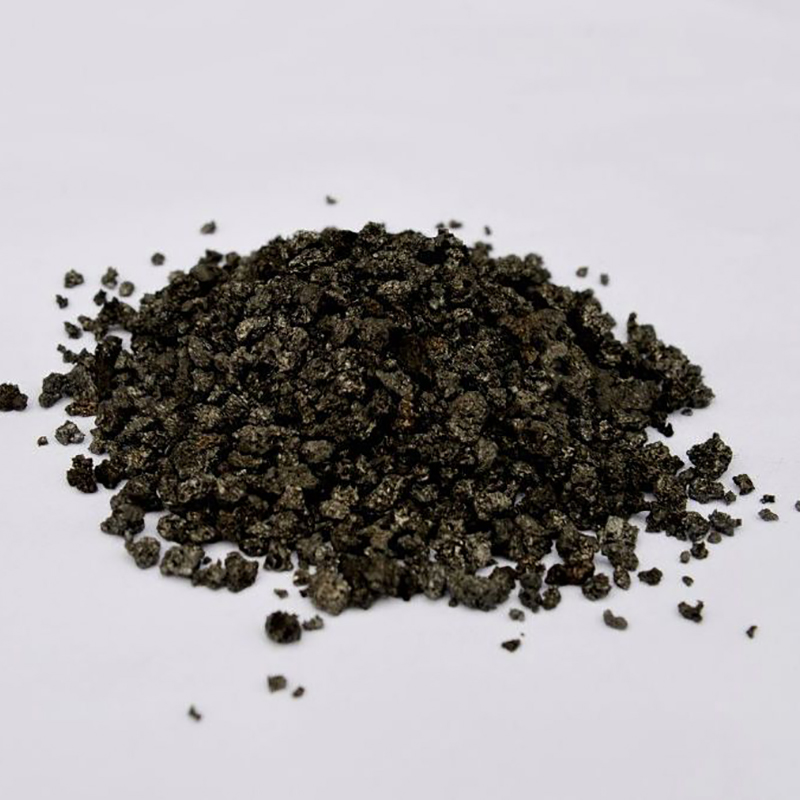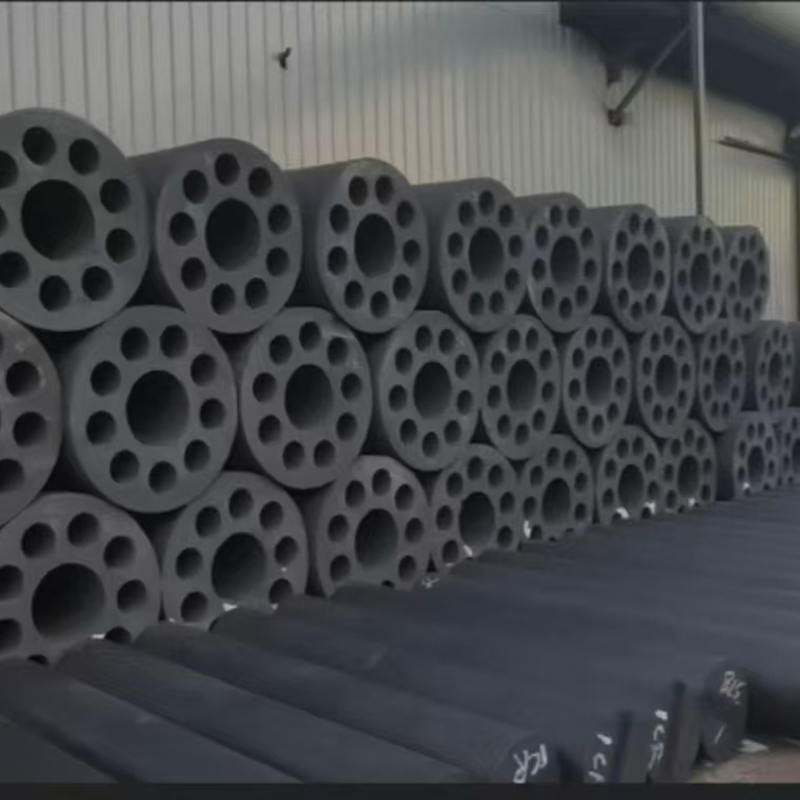- Chinese
- French
- German
- Portuguese
- Spanish
- Russian
- Japanese
- Korean
- Arabic
- Irish
- Greek
- Turkish
- Italian
- Danish
- Romanian
- Indonesian
- Czech
- Afrikaans
- Swedish
- Polish
- Basque
- Catalan
- Esperanto
- Hindi
- Lao
- Albanian
- Amharic
- Armenian
- Azerbaijani
- Belarusian
- Bengali
- Bosnian
- Bulgarian
- Cebuano
- Chichewa
- Corsican
- Croatian
- Dutch
- Estonian
- Filipino
- Finnish
- Frisian
- Galician
- Georgian
- Gujarati
- Haitian
- Hausa
- Hawaiian
- Hebrew
- Hmong
- Hungarian
- Icelandic
- Igbo
- Javanese
- Kannada
- Kazakh
- Khmer
- Kurdish
- Kyrgyz
- Latin
- Latvian
- Lithuanian
- Luxembou..
- Macedonian
- Malagasy
- Malay
- Malayalam
- Maltese
- Maori
- Marathi
- Mongolian
- Burmese
- Nepali
- Norwegian
- Pashto
- Persian
- Punjabi
- Serbian
- Sesotho
- Sinhala
- Slovak
- Slovenian
- Somali
- Samoan
- Scots Gaelic
- Shona
- Sindhi
- Sundanese
- Swahili
- Tajik
- Tamil
- Telugu
- Thai
- Ukrainian
- Urdu
- Uzbek
- Vietnamese
- Welsh
- Xhosa
- Yiddish
- Yoruba
- Zulu
- Kinyarwanda
- Tatar
- Oriya
- Turkmen
- Uyghur

Precision Machining of Graphite Electrodes: A Comprehensive Guide
2025-05-05
Precision Machining of Graphite Electrodes: A Comprehensive Guide
This guide provides a detailed overview of graphite electrode machining, exploring various techniques, considerations, and best practices for achieving high-precision results. We delve into the challenges posed by graphite’s unique properties and offer solutions for optimizing the machining process to improve efficiency and product quality. Learn about different machining methods, material selection, and quality control measures to ensure your graphite electrode meets the highest standards.
Understanding the Challenges of Graphite Electrode Machining
Material Properties and Their Impact
Graphite, a widely used material in electrical discharge machining (EDM) due to its excellent electrical conductivity and thermal stability, presents unique challenges during machining. Its inherent brittleness and tendency to flake can lead to surface imperfections and dimensional inaccuracies if not handled carefully. The abrasive nature of graphite also necessitates the use of specialized tooling and cutting fluids to prevent premature wear and tear. Successfully machining graphite electrodes requires a deep understanding of these properties and the selection of appropriate techniques.
Machining Techniques for Graphite Electrodes
Electrical Discharge Machining (EDM)
EDM is the most common method for machining graphite electrodes, particularly for intricate shapes and high-precision applications. The process involves using electrical sparks to erode the material, allowing for the creation of complex geometries that would be difficult or impossible to achieve with traditional subtractive methods. Different EDM variations, like Wire EDM and Die-Sinking EDM, offer varying levels of precision and surface finish. Choosing the right EDM method depends on the electrode’s design and the required tolerances. Hebei Yaofa Carbon Co., Ltd. (https://www.yaofatansu.com/) offers high-quality graphite materials ideal for EDM processes.
Other Machining Methods
While EDM dominates graphite electrode machining, other methods like milling and grinding can be employed for specific applications. Milling is suitable for creating larger, simpler shapes, while grinding can be used for achieving high surface finishes. However, these methods may not be as effective for complex geometries or tight tolerances as EDM.
Optimizing the Machining Process
Tooling Selection
The choice of cutting tools significantly impacts the quality and efficiency of graphite electrode machining. Tools must be highly durable to withstand the abrasive nature of graphite and maintain precision over extended periods. Selecting the appropriate tool material and geometry is critical for minimizing wear and achieving the desired surface finish.
Cutting Fluids and Coolants
The use of specialized cutting fluids is crucial in minimizing friction, heat generation, and tool wear. These fluids also help to remove graphite debris from the machining zone, preventing clogging and improving surface quality. The selection of cutting fluid should be based on the chosen machining method and the desired surface finish.

Quality Control and Inspection
Dimensional Accuracy and Surface Finish
Ensuring dimensional accuracy and a high-quality surface finish are paramount in graphite electrode machining. Regular inspection and quality control measures throughout the process are necessary to identify and rectify any deviations from the specifications. Employing advanced measuring equipment like Coordinate Measuring Machines (CMMs) is often essential for achieving the required precision.

Choosing the Right Graphite Material
The properties of the graphite material itself significantly influence the machinability and final quality of the electrode. Different grades of graphite offer varying levels of density, strength, and electrical conductivity. Selecting the appropriate grade is critical for ensuring that the finished electrode meets the required performance characteristics.
Graphite Grade Comparison
| Grade | Density (g/cm3) | Tensile Strength (MPa) | Electrical Resistivity (μΩ·cm) |
|---|---|---|---|
| Grade A | 1.70 | 2.5 | 12 |
| Grade B | 1.75 | 3.0 | 10 |
| Grade C | 1.80 | 3.5 | 8 |
Note: These are example values and can vary depending on the manufacturer and specific graphite grade. Consult manufacturer datasheets for precise specifications.
By understanding the nuances of graphite electrode machining and implementing best practices, manufacturers can achieve high-precision electrodes that meet the demands of various applications. The selection of appropriate techniques, tools, and materials is crucial for optimizing the process and ensuring high-quality results.










